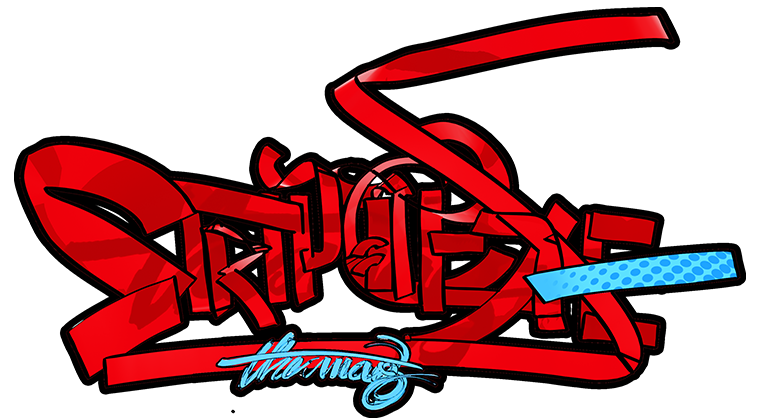Jerry Pinto’s When Crows Are White
Motherhood, child-hood (the act of being a child, rather) and bringing up children seem to be a recurring concern in Pinto’s work. Em and The Big Hoom—the fictionalized memoir of a son trying to save and survive his mentally unbalanced mother—is almost entirely constructed on this theme. When Crows Are White reads like an optimistic reversal of the novel, in which a mother tries to save her unborn child. When I put this observation to Pinto, he tells me, ‘I suppose there is some fascination with the way in which human beings are created. Perhaps that’s why the bildungsroman is such a big deal. Because it deals with the way in which a man or a woman may constitute himself or herself. I think, therefore, the primal fear and fascination with the figure of the mother comes from this recognition—that nothing will be as important in determining who you are. Which perhaps accounts for the image of the vagina dentata, the mother goddess who takes the baby in her arms and then bites off its head, the image of Kali, the power of Mariolatry that is at present shaking the Roman Catholic Church. But is it what I am fascinated by?’ He pauses, reflects, adds, ‘I’ll have to think about it. It’s an interesting observation, though.’
What brought him to the format of the graphic novel? ‘I think Arvind Krishna Mehrotra said it best when he said to me once in an interview, “When you’ve read a great deal of books, eventually you want to see your name on a spine.” And I spent my youth reading comics,’ says Pinto. ‘I read everything from Sad Sack to Amar Chitra Katha, from Tintin to Chandamama. I read Family Circus, Peanuts, Archie, and in between, only when the comics ran out, I would read books. Today, we call comics graphic novels so that we can escape the feeling that we’re being a little immature but a comic is a comic is a graphic novel is a graphic novel is a comic, if I may riff a little. And so, when I wanted to talk to children, I went back to Lewis Carroll’s Alice who falls asleep because her sister’s book has no pictures and no conversations.’
He offered the script to many publishers, initially with little success. One publisher advised him to work it into a short story to be put into an anthology of moral tales. Another said it wasn’t a book at all, just an outline. It finally struck a chord with Sayoni Basu, then editor at Scholastic India, who accepted it and brought Garima Gupta on board. Pinto and Gupta did not meet in person until a long time after the book was finished. And while he believes that the art in a graphic novel is always a meta-narrative, Pinto does not quite mind the lack of prior acquaintance. ‘I have never believed in doing someone else’s work,’ he says. ‘If I work with a designer, I may make suggestions, but mostly I’d leave the designer alone. I speak from my magazine experience.’
He enjoyed writing this book, but Pinto doesn’t know if he’ll write another graphic novel. ‘If something moves under the skin, I’ll do it again. It’s not easy. I’ve never been rejected as many times as I was rejected with Crows, and who likes being rejected, however kindly? So there’s always that conscious moment when you’re thinking, Never again,’ he says, but adding, ‘I’ve felt this for so many things. No more anthologies, I’ve said to myself. No more collaborations, I’ve said to myself. No more scripts. But somewhere deep inside, the need to say is surfacing, and suddenly one day, it’s there again and it’s in a form that you’ve just forsworn.’ As enchanted readers, I guess that’s something we all hope.


